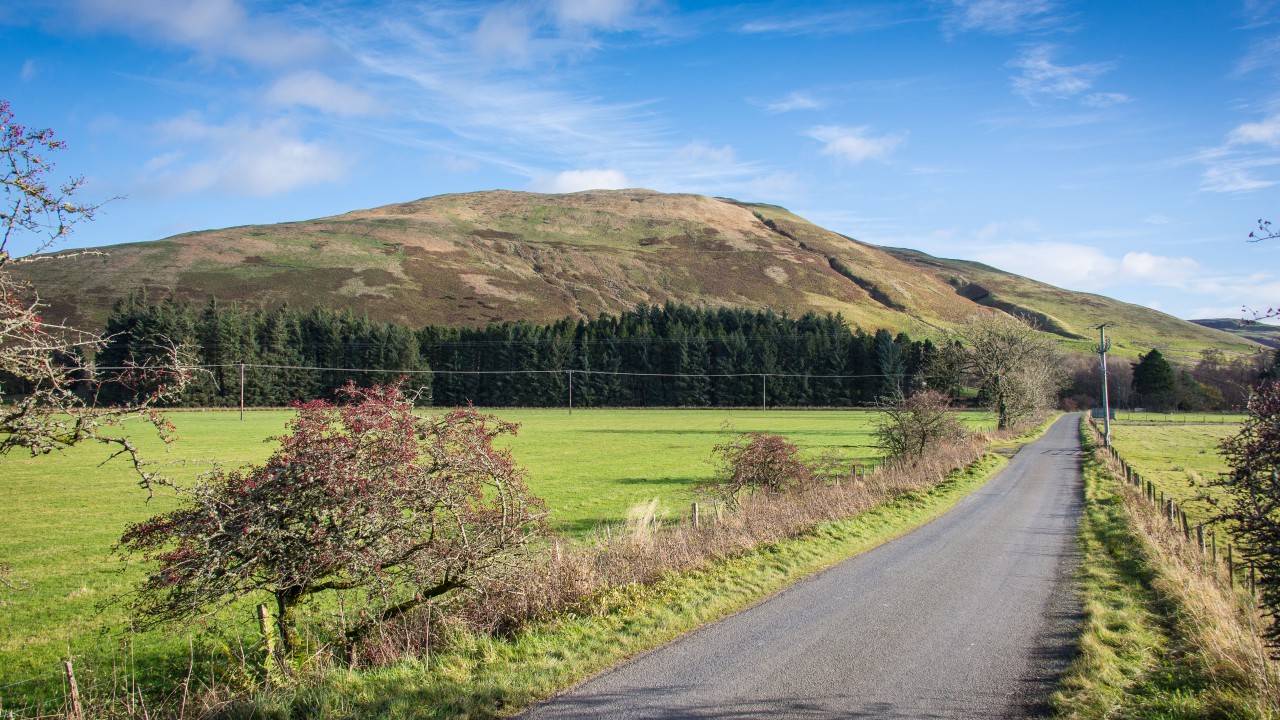Many farmers see a tension when it comes to trees versus sheep, but land agents Galbraith reports that well-designed woodlands can bring a benefit to the whole farming business, even in the short term.
Jennifer Jeffrey, a rural agent with Galbraith, has seen the benefits of smaller productive woodland plantations on upland farms in the Scottish Borders.
Commenting on the this, she said: “The benefits that closely integrated woods and farming can bring to sheep health and productivity are well known and include: providing shelter; assisting with water management; increasing bio-security; and increasing grass growth.
What may not be as well known is that smaller forestry plantations can be profitable too and bring a wider benefit to the whole farming business.
“It really isn’t a question of trees or sheep; you can diversify your business to generate an income from small areas of woodlands and forestry and keep sheep on the majority of the land.
Growing demand for timber
“Previously, access problems and a lack of economies of scale meant that shelter belts had little or no value for harvesting. However, in today’s market – with timber prices which remain strong – harvesting may be more worthwhile.
“There is growing demand for timber around the world and this demand is expected to continue. Smaller areas of woodland created now will provide an income for the next generation.
Although you may think that you don’t have enough land to sacrifice to tree planting – it is important to consider shelter belts, hedgerows and those wet corners that you never seem to get dry. It’ll probably turn out that you have more available land than you think.
Despite the fact that timber prices have pulled back from the peak of late 2018, they are still performing well and therefore income can be generated throughout a forest’s lifetime, said Jennifer.
Creating areas of woodland will lead to your farm becoming a more valuable and saleable asset, whether you intend to own the land just in the short-term or pass it on to future generations, she commented.
Numerous benefits
Athole McKillop, head of forestry for Galbraith, says that small areas of forestry can offer a number of benefits:
“Generally, where woodlands are occupied for commercial purposes no income tax is payable on profits from the sale of timber and the gain in value of standing timber is not subject to Capital Gains Tax.
“Such woodlands should also qualify for Business Property Relief; therefore, on death, no Inheritance Tax should be payable, in most cases, if they have been owned for at least two years.
“Scottish Forestry offers a grant for sheep and trees, which is particularly important for upland farmers. This is available to farmers planting between 10 and 50ha of productive conifers.”
This means that you can apply for a planting grant as well as an infrastructure grant to create a road in order to access blocks of woodland, but which may well also benefit the wider farming enterprise – such grants were previously mutually exclusive, said Athole.
In addition, carbon credits are saleable assets which are registered through the Woodland Carbon Code, a Government initiative to quantify the amount of carbon that will be captured by new woodland planting.
“As an extra incentive, farmers continue to receive Basic Payment over the land if it had been used previously for agriculture. However, many of the current agricultural grants and funding schemes may be subject to change as the post-Brexit subsidy landscape unfolds.”


